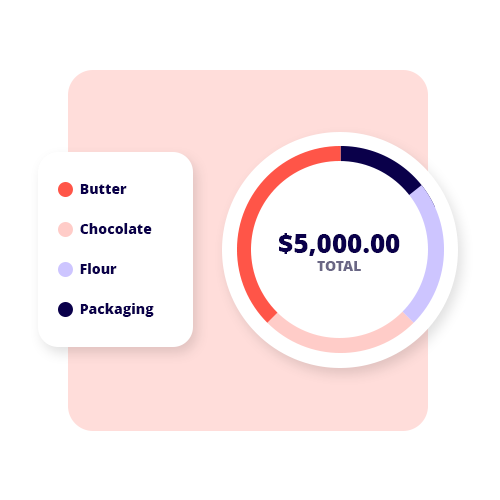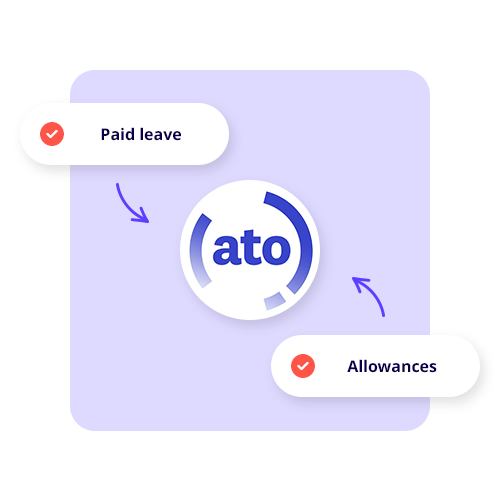Liquidity is another term for your business’s ability to quickly convert assets into cash to meet short-term financial obligations. Think of it as a measurement of how easily you can draw upon cash reserves when needed, or better understand the financial health and operational stability of your business.
Breaking down liquidity in business
In accounting, liquidity refers to a company’s ability to cover current liabilities – debts or financial obligations due within a year – using its current assets (e.g. cash, accounts receivable, marketable securities, etc.). Assets are considered more or less liquid based on how easily they can be converted into cash. For example:
- Most liquid assets: Cash is the most liquid, as it is immediately available to pay off debts.
- Other liquid assets: Accounts receivable, inventory and cash equivalents like short-term investments can be sold quickly.
- Least liquid assets: Illiquid assets like office space or fine art take longer to sell or convert into cash.
Why is liquidity important?
Liquidity is vital because it means your business can:
- Pay short-term debts like accounts payable or salaries.
- Avoid the liquidity risk of running out of cash to cover urgent needs, such as loan repayments or unexpected expenses.
- Support smooth company operations by balancing cash flow and liabilities.
- Attract investors and lenders, as they will assess common liquidity ratios to gauge a company’s stability and ability to repay their debt obligations.
Liquidity ratios

Liquidity is measured using financial ratios found on the balance sheet, comparing current assets to current liabilities. Common liquidity ratios include:
Current ratio
The current ratio measures how well a business can manage short-term obligations with current assets.
Current Ratio = Current Assets / Current Liabilities
A ratio above 1 means there is sufficient liquidity to meet short-term debts.
Quick ratio (Acid-test ratio)
The quick ratio excludes inventory and instead focuses on assets that can be converted to cash straight away:
Quick Ratio = (Current Assets – Inventory) / Current Liabilities
It’s a useful tool when certain inventory is difficult to liquidate.
Cash ratio
The cash ratio measures the ability to meet liabilities using only cash and cash equivalents:
Cash Ratio = (Cash + Cash Equivalents) / Current Liabilities
A higher ratio shows stronger liquidity but might also mean there’s an excess of unused cash.
Liquidity vs solvency
While liquidity is what’s used to tackle your short-term obligations, solvency instead is all about a company’s ability to meet their long-term debt obligations. For example, a business can be solvent but also be facing serious liquidity issues if its assets can’t be readily converted into cash.
Improving liquidity
Looking to boost your company’s liquidity? Here are a few strategies to consider:
- Increase your cash on hand by managing accounts receivable more efficiently, where possible.
- Reduce short-term debt by negotiating extended payment terms with suppliers.
- Try to avoid over-investing in illiquid assets like real estate.
Liquidity is inherently vital for a business’s overall financial health and resilience. Stay on top of things by boosting your liquid assets and managing cash flow intelligently. That way, you can always be prepared to meet your short-term obligations and adapt to fluctuating market conditions.
See related terms
What are fixed assets?
What is gross profit?
What does accrued mean?






























